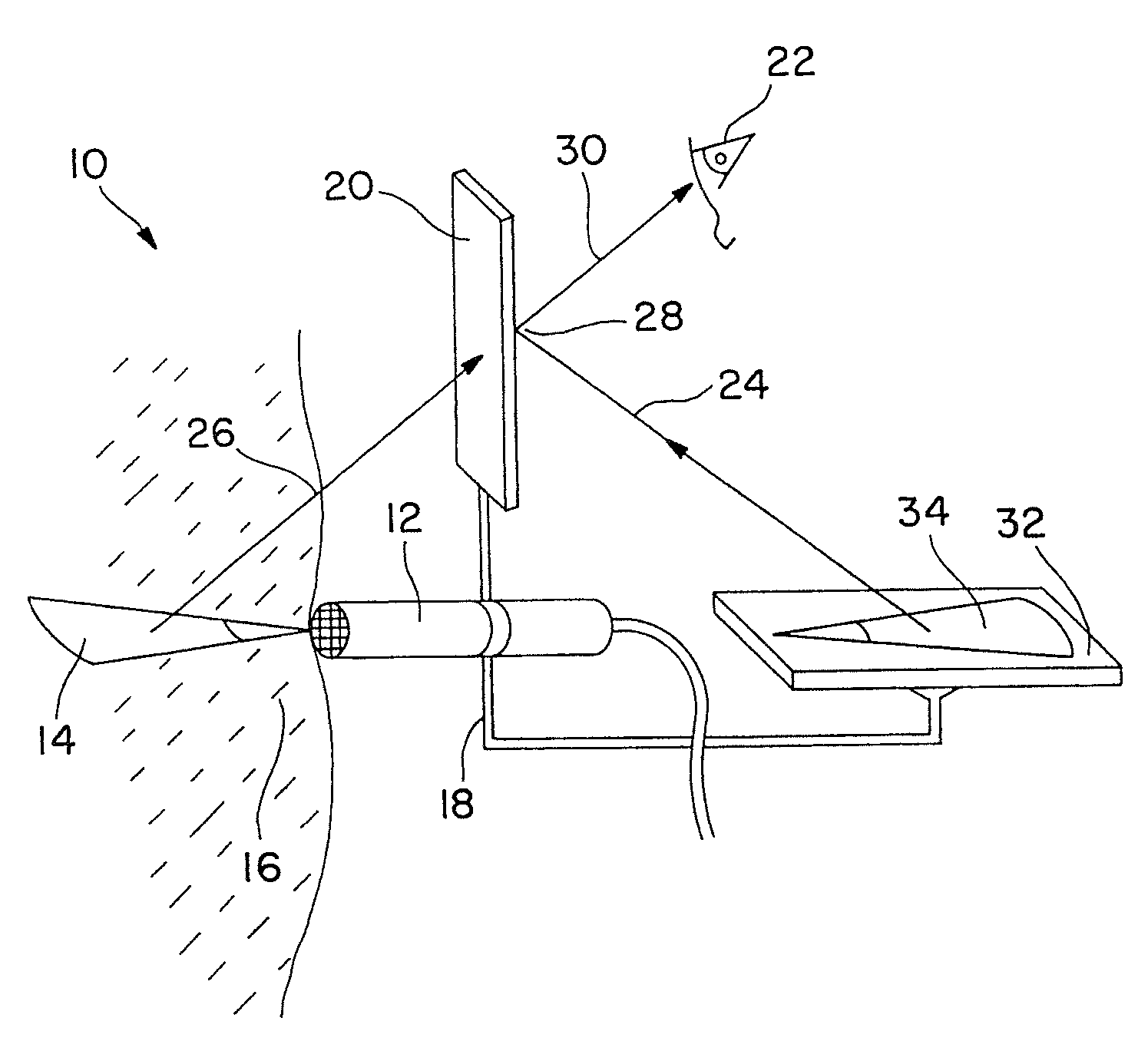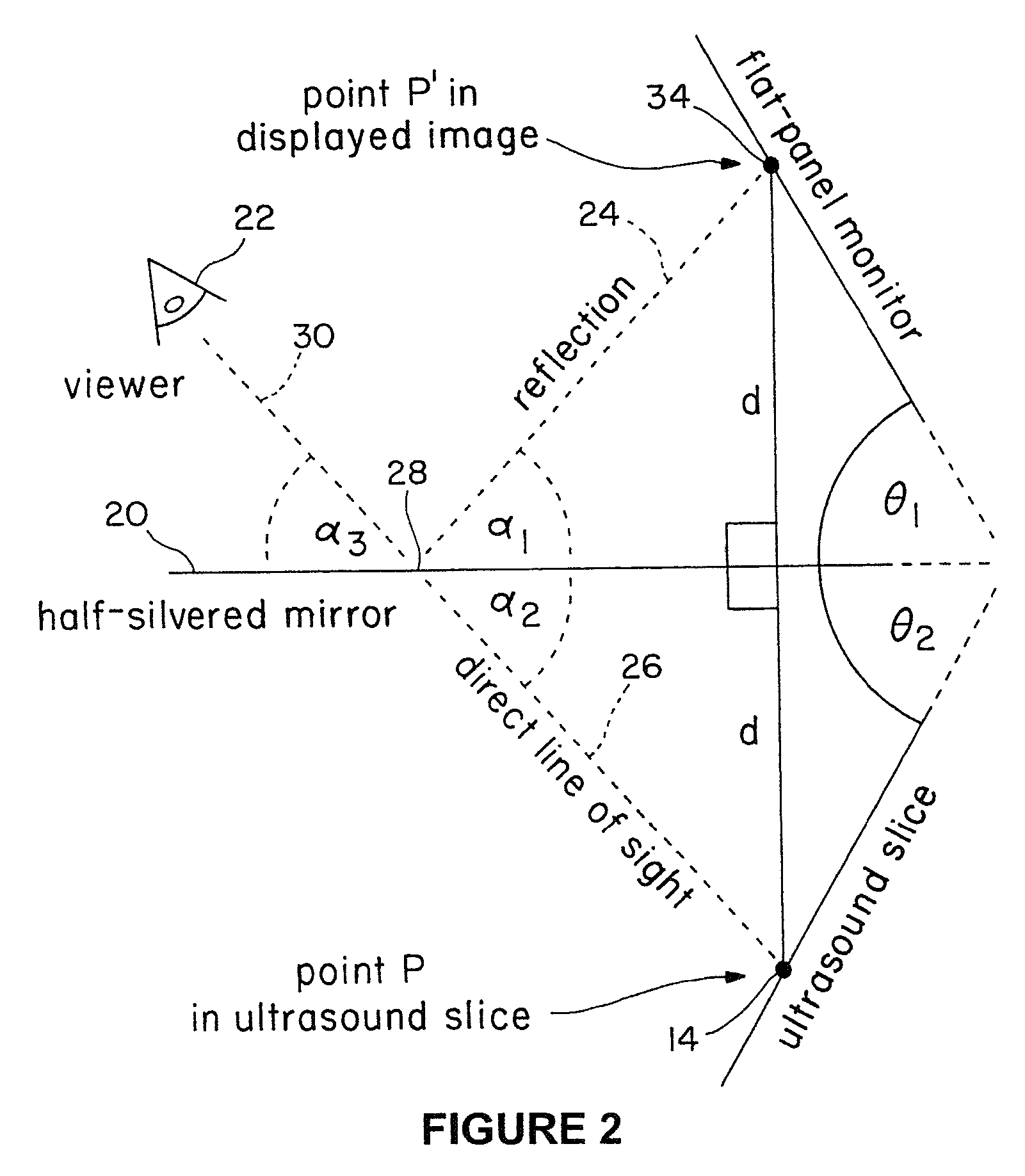System for remote guidance by expert for imaging device
a technology for imaging devices and experts, applied in the field of imaging display devices, can solve the problems of impede or hinder the effective completion of a particular task, human eyes cannot see into the interior sections of a non-transparent, solid object, and lack of real-time visual feedback in the vicinity of critical structures
- Summary
- Abstract
- Description
- Claims
- Application Information
AI Technical Summary
Problems solved by technology
Method used
Image
Examples
Embodiment Construction
[0039]It is to be understood that the figures and descriptions of the present invention have been simplified to illustrate elements that are relevant for a clear understanding of the invention, while eliminating, for purposes of clarity, other elements that may be well known. The detailed description will be provided hereinbelow with reference to the attached drawings.
[0040]The invention contemplates, in at least one presently preferred embodiment, a method and device for merging or superimposing the reflection of a two dimensional tomographic image of the interior of a target object with the normal human vision view of the outside of that same target object. This methodology may be used in any application where viewing the interior of an object is desired, and the methodology is not limited to any particular industry or application. In some embodiments, the present invention is applied to medical procedures where an in situ image of tissue provides valuable information for the medi...
PUM
 Login to View More
Login to View More Abstract
Description
Claims
Application Information
 Login to View More
Login to View More - R&D
- Intellectual Property
- Life Sciences
- Materials
- Tech Scout
- Unparalleled Data Quality
- Higher Quality Content
- 60% Fewer Hallucinations
Browse by: Latest US Patents, China's latest patents, Technical Efficacy Thesaurus, Application Domain, Technology Topic, Popular Technical Reports.
© 2025 PatSnap. All rights reserved.Legal|Privacy policy|Modern Slavery Act Transparency Statement|Sitemap|About US| Contact US: help@patsnap.com



